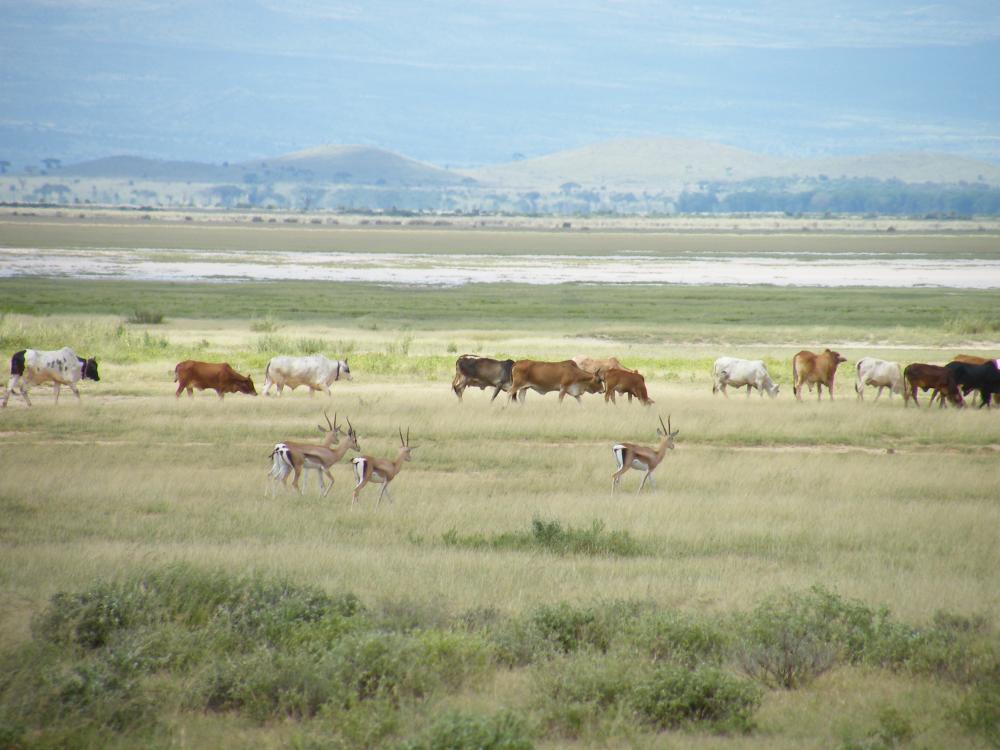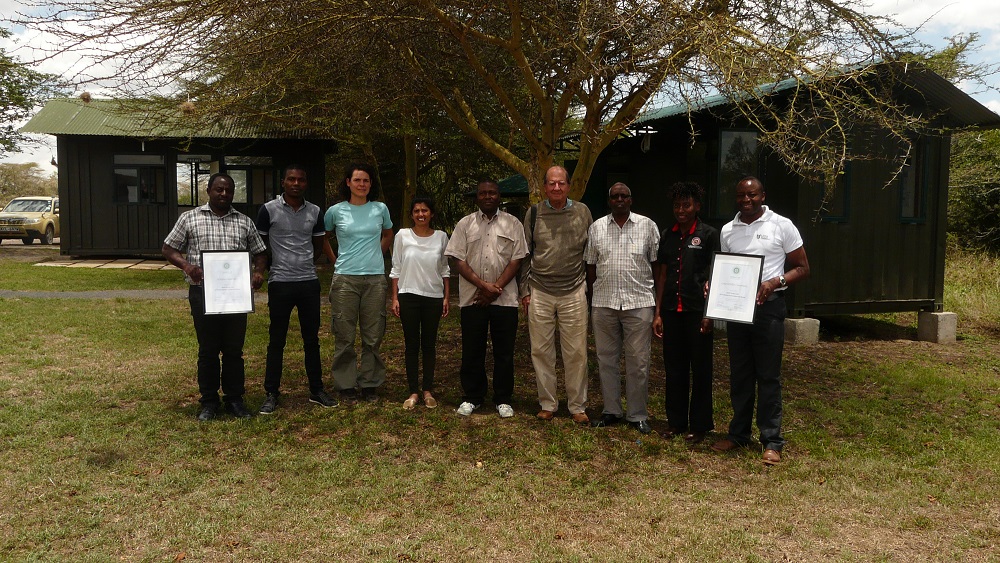Green List retreat in Kenya: a bottom up brainstorming
The results of the brainstorming session of the Kenyan Green List retreat are all included in the Green List 2019-2021 roadmap for Kenya. The roadmap can certainly be helpful to other established or future Green List countries and will contribute to build an EAGL network aiming at sharing lessons learnt and optimize the use of the Green List to support protected areas in achieving better conservation impacts.
What is the IUCN Green List of Protected Areas
The IUCN Green List of Protected Areas (Green List) is a global standard for best practices in terms of governance and management of protected areas. The Green List standards are meant to encourage, measure, celebrate and share the success of protected areas in achieving conservation impacts. By complying with the Green List standards, national governments and their community partners in conservation will meet the commitments embodied in the CBD Strategic Plan for Biodiversity and particularly Target 11.
The Green List is anything but a “pass or fail” process. Protected areas can apply as many times as needed until they reach the Green List standards. Protected areas committing to the Green List proceed to a self-assessment against the Green List standards at their own pace, taking time to develop approaches that will help them to meet every Green List indicators. The self-assessment process can take up to 5 years and protected areas managers can get inspired by the success stories of protected areas that have already been nominated on the Green List in order to innovate and overcome their own challenges. In that sense, the Green List also acts as a capacity building tool for enhancing governance and management effectiveness processes in protected areas.
Kenya: the Green List pioneer in Africa
The first country to commit to the Green List process in Africa was Kenya. The Kenyan EAGL was created in 2013 and has gone through two round of Green List nominations since then. Three conservancies have been nominated on the Green List: Lewa Wildlife Conservancy (since 2014), Ol Pejeta Conservancy (since 2014) and Ol Kinyei Conservancy (since 2018).
After those 5 years of experience, the EAGL members and the representative of the three Green List protected areas have discussed the lessons learnt from the Green List process in Kenya so far in order to draw a road map of what they want Green List process to be in Kenya for the next 3 years.
Feedback from Green List sites
The Green List self-assessment brings clarity
“The Green List self-assessment really helps to make the linkages between the management plans, the strategic plans together with the conservation outcomes. It is not necessarily easy but crucial to do so. The Green List also provides a good validation in terms of governance performances, conservation impacts, and community outreach impacts.” (G. Chege, Lewa Wildlife Conservancy).
Boosting Green List benefits for protected areas
Before engaging in the Green List process, one should be aware of the workload that it requires and get prepared accordingly. Getting the full support of the higher hierarchy of the protected areas to allocate sufficient staff time through the Green List self-assessment process is crucial. To do so, the protected areas need to first be convinced of the benefits that the Green List can bring in terms of enhancing internal monitoring processes and in terms of marketing exposure. In other words, the protected areas should be able to first clarify the following questions:
- What are the tangible benefits of the Green List for protected areas in Kenya?
- To what extent is the Green List fully recognised and acknowledged in Kenya?
- Can the Green List label be translated into increased opportunities for financial support?
The best way to enhance Green List protected areas exposure to marketing/fundraising opportunities is to strengthen the communication on Green List at Africa and worldwide level. To this end, the Kenyan team proposed to take advantage of the powerful communication tools that are already locally available (such as Social media campaign, webinars, showcasing the Green List at African driven agendas in international events, etc.) and to align and combine them with the Green List global communication strategy.
Scaling up sound support to assist Green List applicants throughout the Green List process
Green List protected areas emphasized that once engaged in the process, there is no way protected areas can make it without tight support from the Green List mentor. The commitment and expertise of the Green List mentor are indeed crucial to guide and assist the protected areas in understanding each criterion, what evidence they need to provide and how to demonstrate conservation impact for each of their values.
Additionally as to facilitate the engagement of new protected areas in the Green List process, user-friendly practical guidance should be made available in an accessible format aligned with conservancy managers, parks wardens and various other stakeholders’ expectations. The future Kenyan Green List handbook will address that request and will not only list the benefits that the Green List can bring to Kenyan protected areas but also detail the practical steps that protected areas need to go through for joining the Green List process in light of the Kenyan context.
The Green List roadmap for Kenya
Brilliant ideas and innovative suggestions came up during the discussions aiming at addressing the needs above mentioned by the Green List protected areas such as:
- Setting up Green List press group to increase the scope of Green List protected areas exposure and for them to share their best practise and lessons learnt through social media campaign and other communication tools;
- Developing a simple step by step Green List handbook for Kenyan protected areas on the benefits of the Green List and on how to join the Green List process;
- Developing a peer-to-peer mentorship provided by protected areas that are already nominated on the Green List to new potential Green List applicants starting by the protected areas neighbouring Green List nominated sites;
- Promoting the Green List as guidance for good conservation practices and lobbying for integrating the Green List into national and local policies.
These recommendations, as well as the other results of the brainstorming session of the Kenyan Green List retreat, are all included in the Green List 2019-2021 roadmap for Kenya. The roadmap can certainly be helpful to other established or future Green List countries and will contribute to build an EAGL network aiming at sharing lessons learnt and optimize the use of the Green List to support protected areas in achieving better conservation impacts.





